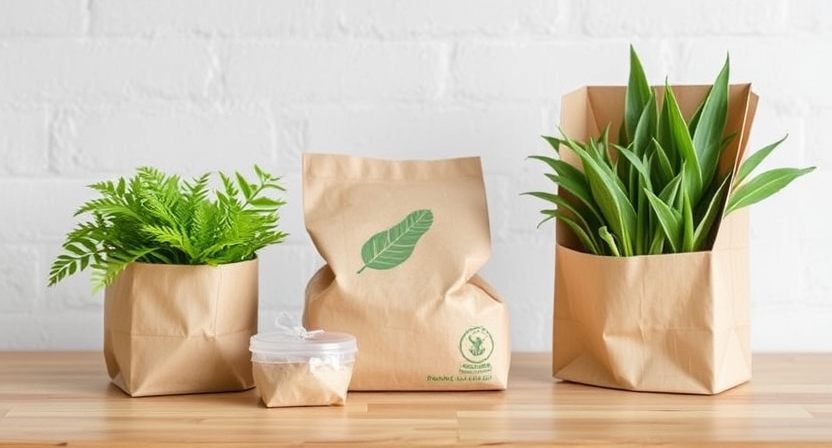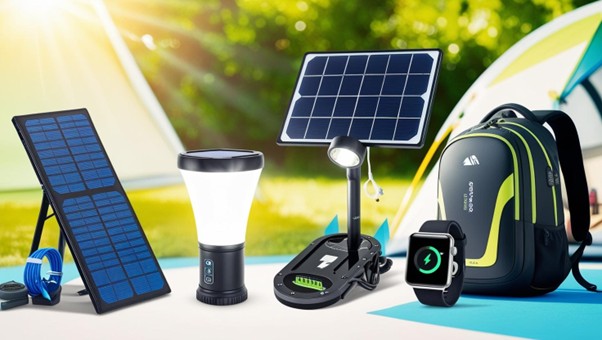The Need for Sustainable Packaging
Sustainable packaging has become a critical focus today as environmental concerns rise and consumers demand eco-friendly solutions. With industries relying heavily on traditional packaging methods, the environmental burden—ranging from excessive plastic waste to greenhouse gas emissions—has reached alarming levels. Sustainable packaging minimizes environmental impact while meeting the functional requirements of protecting, preserving, and transporting goods.
What is Retrofitting?
Retrofitting in sustainable packaging involves modifying existing machinery, processes, or systems to adapt to sustainable materials or practices. This approach is often more cost-effective than replacing entire systems and helps companies transition toward sustainability without a complete overhaul of their production lines. Retrofitting can encompass changes to accommodate biodegradable materials, improve energy efficiency, or reduce waste in production.

Key Benefits of Robotics in Packaging
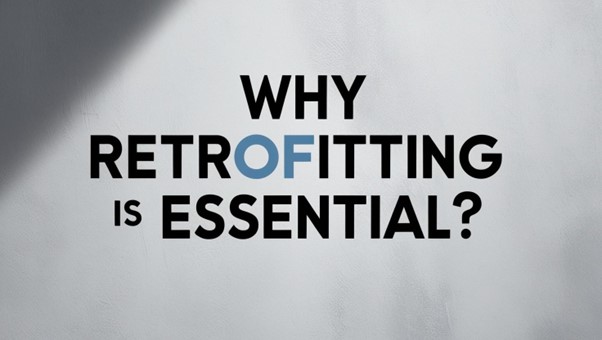
The global push for sustainability has led to stricter regulations, increased consumer awareness, and pressure from stakeholders to adopt eco-friendly practices. For companies already invested in traditional packaging methods, retrofitting offers a pragmatic approach to meet these demands. It allows businesses to:
- Reduce Carbon Footprint: By using sustainable materials and energy-efficient systems.
- Adapt to Market Trends: Consumers are increasingly favoring brands that prioritize environmental responsibility.
- Comply with Regulations: Governments worldwide are implementing stricter sustainability laws, making retrofitting a necessity.
- Optimize Costs: Retrofitting is often more economical than replacing machinery entirely, particularly for small to medium enterprises.
Retrofitting for Sustainable Packaging: A Step Towards a Greener Future

As the demand for sustainable practices grows, industries are turning to innovative solutions to meet environmental standards and consumer expectations. Retrofitting, the process of upgrading existing systems or equipment, has emerged as a key strategy in making packaging operations more sustainable. This approach not only reduces environmental impact but also enhances operational efficiency and cost-effectiveness.
Future Trends in Sustainable Packaging
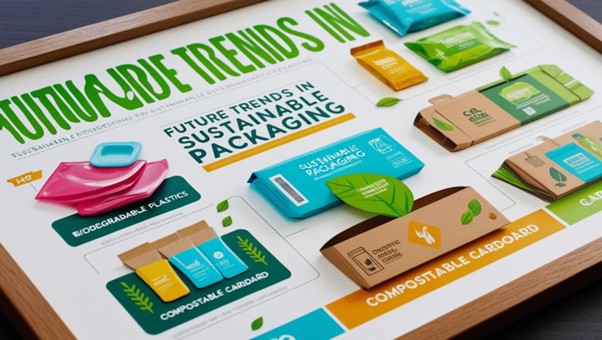
The future of sustainable packaging lies in continuous innovation and the adoption of advanced technologies. Trends such as smart packaging, biodegradable alternatives, and closed-loop recycling systems are expected to gain prominence. To stay competitive, businesses must remain adaptable and invest in research and development.
- Smart Packaging Solutions: Integrating IoT and RFID technology for better tracking and reduced waste.
- Advanced Bioplastics: Development of bioplastics with enhanced strength and durability to replace traditional plastics.
- Circular Economy Models: Emphasis on creating closed-loop systems where materials are continuously reused and recycled.
Case Studies: Early Adopters
- Coca-Cola’s PlantBottle: Coca-Cola modified its production lines to incorporate PlantBottle technology, a partially plant-based PET material, showing how retrofitting can align with sustainability goals.
- Nestlé’s Paper-Based Wrappers: Nestlé adapted its machinery to switch from plastic to paper-based wrappers for some product lines, reducing plastic waste significantly.

Challenges and Solutions
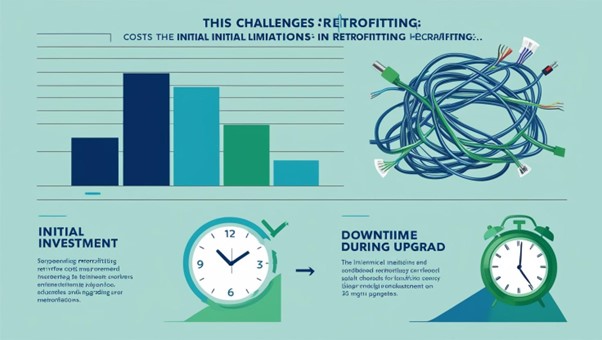
- Initial Investment: Retrofitting requires upfront costs, which can be a barrier for some businesses. However, the long-term savings and benefits often outweigh the initial expense.
- Technical Limitations: Not all systems can be retrofitted. Conducting a thorough feasibility analysis is crucial before starting the process.
- Downtime During Upgrades: Proper planning and phased implementation can minimize disruptions to operations.
The Future of Retrofitting in Packaging
As sustainability becomes a non-negotiable aspect of business operations, retrofitting will play an integral role in the packaging industry’s evolution. Innovations such as modular retrofits, AI-driven optimization, and renewable energy integration are paving the way for smarter, greener packaging solutions. Companies that embrace retrofitting not only contribute to a healthier planet but also position themselves as leaders in sustainable practices.
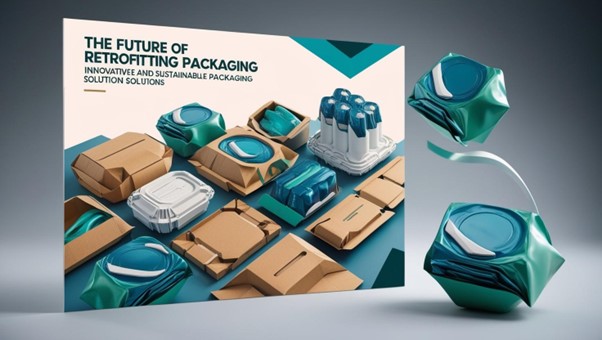
Conclusion
Retrofitting for sustainable packaging is a practical, cost-effective, and impactful approach for companies aiming to reduce their environmental footprint. By upgrading existing systems to align with eco-friendly practices, businesses can achieve sustainability goals without the need for significant overhauls. In a world increasingly focused on environmental responsibility, retrofitting stands out as a vital step towards a greener future.
https://www.linkedin.com/pulse/transforming-packaging-efficiency-retrofitting-solutions-l9k8f/
https://blog.sipa.it/when-the-retrofit-of-a-packaging-plant-is-necessary
